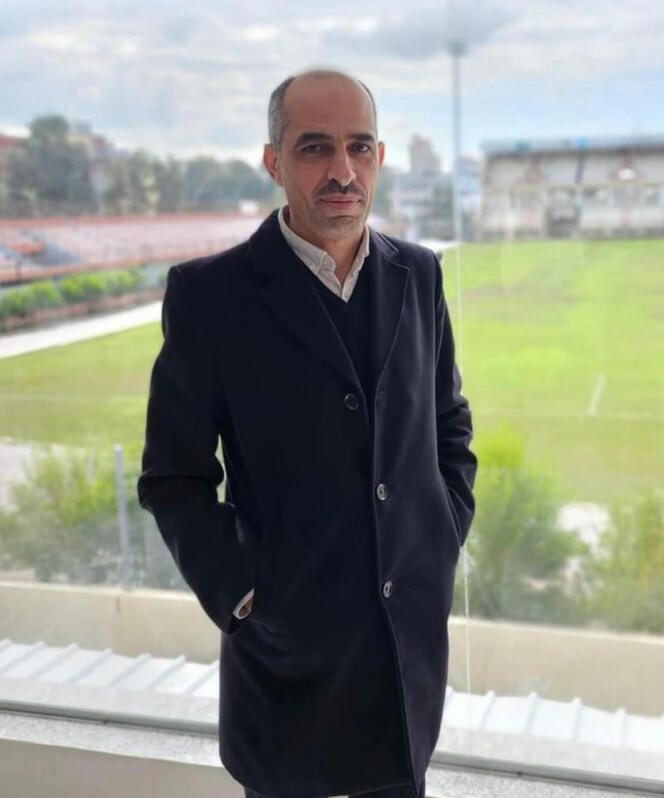

Crushed under bombs, shot by snipers at a street corner, mowed down by the explosion of a tank shell: Thousands of Palestinian civilians have died in the Israeli operation launched against the Gaza Strip four months ago, in retaliation for the October 7 attack perpetrated by Hamas in the south of Israel, which killed 1,200 people. Intended to punish the Islamist movement for this massacre, break its power over Gaza and free the hostages held in the enclave, the current war, waged over a territory less than 40 kilometers long, where civilian and military targets intermingle, has resulted in a massacre on an unprecedented scale.
The health authorities in the Gaza Strip have recorded almost 28,000 deaths to date, 70% of them women and children. This figure does not take into account the bodies still trapped under the rubble, estimated at several thousand, or the corpses abandoned in the streets. The exact number of fighters among the dead, probably several thousand, is not known. In total, more than 1% of the Gaza Strip's estimated population of 2.1 million has been killed. "People now say that before entering Gaza, you have to take off your shoes, because you're walking on the dead," said Palestinian writer Elias Sanbar. Le Monde traced the lives of nine of these civilian victims, six adults and three children, aged between 3 and 70.

On September 8, 2014, Bilal Jadallah planted 17 olive trees in the courtyard of the Press House, which he had founded a year earlier, in tribute to the 17 journalists who died during Israel's war on the Gaza Strip that year. He was already calling on the international community to pressure Israel to stop attacks on journalists and their institutions.
On November 19, 2023, the 45-year-old journalist died alongside his brother-in-law, Abdul Karim Abed, in the car that was taking them to the south of the Palestinian territory. The two men were shot at point-blank range by an Israeli tank stationed on the outskirts of Gaza city center. A month earlier, Jadallah had decided to take his wife and their four children to safety in Khan Yunis, in the south of the Gaza Strip, but he chose to remain in the center of the territory, besieged by Israeli forces.
"Anyway, there's no safe place in the Gaza Strip, there is danger everywhere," he told his friend Atef Abu Saif, the Palestinian Authority's culture minister. "During the war, Bilal spent most of his time passing on information and photos from Gaza to diplomats and international journalists, whom he met as director of the Press House. As soon as there was telephone coverage, he would send messages," said Abu Saif.
You have 90% of this article left to read. The rest is for subscribers only.
